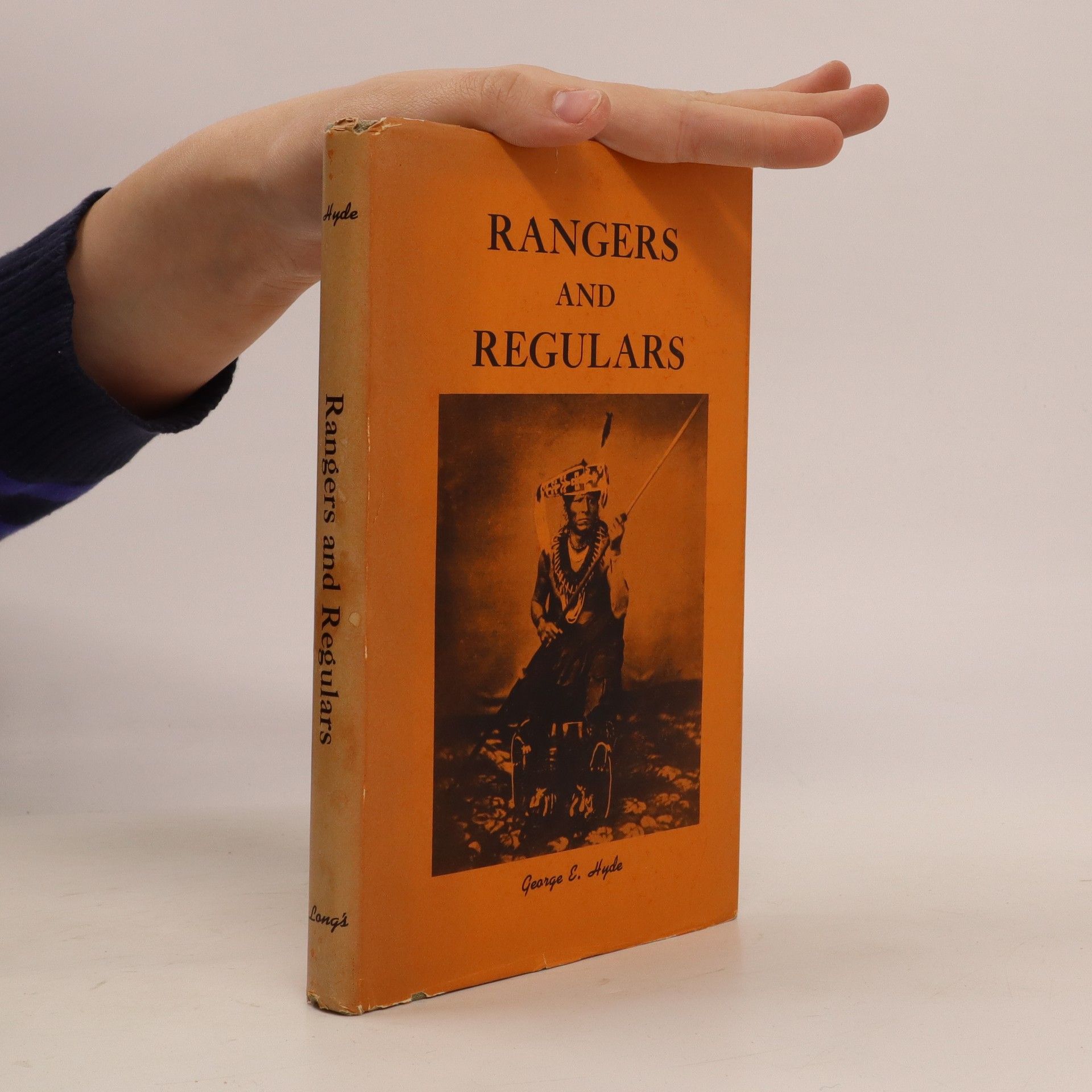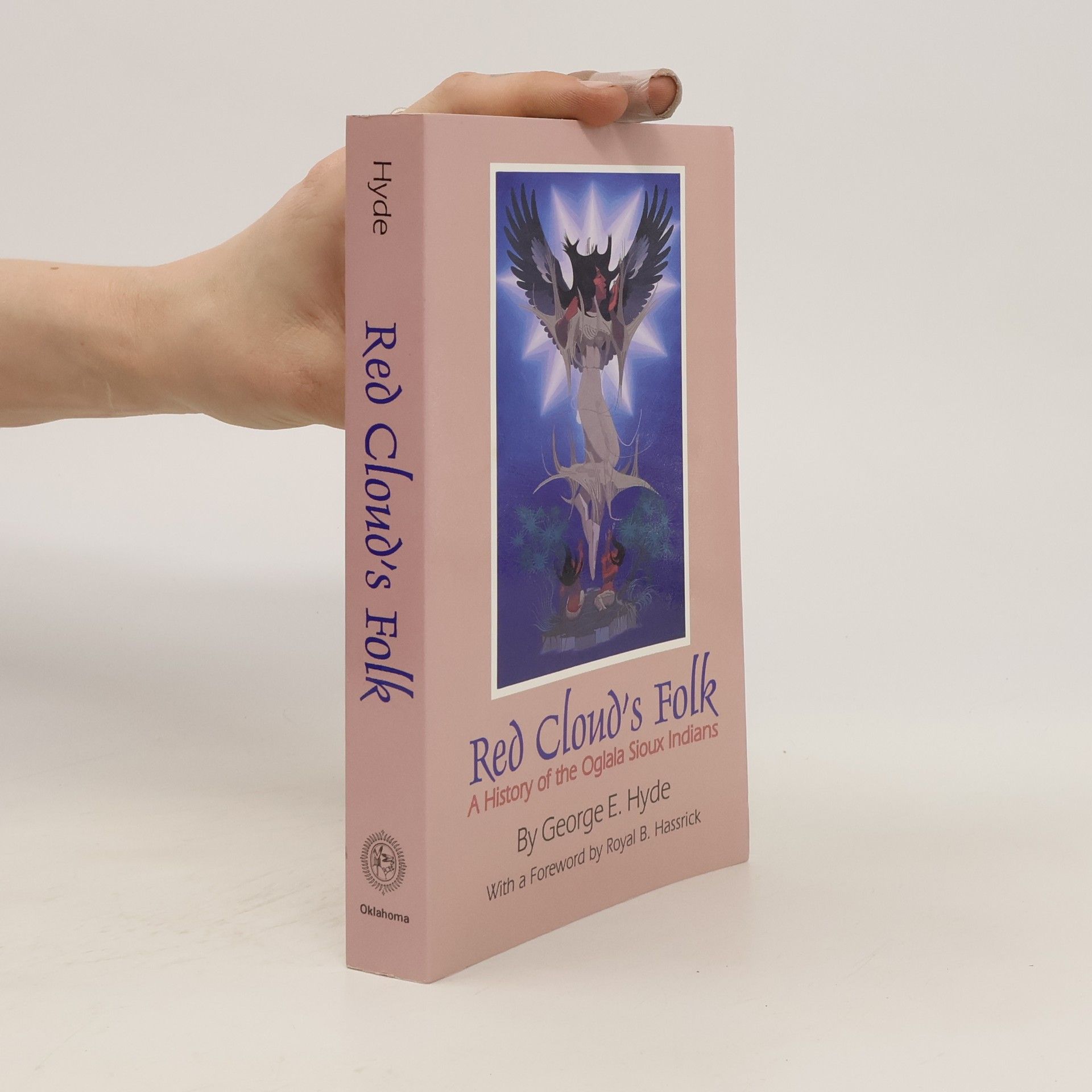Informationen zum Band: Selbstverständlich Physik für die Qualifikationsphase in Nordrhein-Westfalen orientiert sich an den zentralen Prüfungen in Physik. Die Inhalte des Bandes sind differenziert aufbereitet - er lässt sich im 2- und 4-stündigen Kurs gleichermaßen einsetzen. Selbstverständlich Physik unterstützt die Schüler/innen dabei, naturwissenschaftliche Kompetenzen selbstständig weiterzuentwickeln und hilft bei der erfolgreichen und eigenverantwortlichen Vorbereitung auf das Abitur. Informationen zur Reihenausgabe: Das moderne Aufgabenkonzept von Selbstverständlich Physik Die Aufgaben am Stoff dienen der Vermittlung und Festigung von Grundlagen, bieten vielfältige Hilfestellungen innerhalb des Unterrichtsgangs und unterstützen den selbstständigen Erkenntnisprozess. Die Aufgaben Fit im Thema liefern ein breites Angebot unterschiedlicher Aufgabentypen, sind klar nach drei Anforderungsniveaus differenziert und helfen bei der Überprüfung der erworbenen Kompetenzen innerhalb eines Stoffgebiets. Die Aufgaben Fit zur Klausur eignen sich zur selbstständigen Klausurvorbereitung, decken Stärken und Schwächen auf und geben individuelle Hinweise zur Wiederholung, fördern durch ihre Komplexität die Vernetzung und Kompetenzentwicklung. www.lern- code.de Durch die Eingabe von Zahlencodes, die im Buch abgedruckt sind, können die Lernenden auf die Aufgabenlösungen direkt zugreifen und ihren Wissensstand selbst kontrollieren. Die Lernplattform liefert außerdem passgenaue Zusatzinformationen und mediale Angebote, die eine selbstständige Arbeit effektiv unterstützen.
George E. Hyde Book order





- 2012
- 2007
Lid Rudého oblaka. Dějiny oglalských Lakotů
- 335 pages
- 12 hours of reading
Čtivé a podrobné vylíčení dějin siouxského kmene Oglalů v rozmezí let 1660–1887 patří dnes ke stěžejním dílům v oboru historie původních obyvatel amerického Západu. Autor sleduje osudy Oglalů od doby jejich migrace z oblasti horního toku Mississippi do okolí řeky Powder v Montaně a postupné vytlačování Kríů, Čejenů, Ponků a dalších konkurenčních kmenů až po stále krvavější konflikty s bílými osadníky a armádou v průběhu druhé poloviny 19. století a konečné nucené přesídlení oglalských Siouxů do jihodakotské rezervace Pine Ridge. Barvitá historie Oglalů a osudy jejich slavného náčelníka Rudého oblaka slouží Hydeovi jako základní linie vyprávění, jež postupně přerůstá v široký obraz dějin prérijních indiánských kmenů a jejich osudového střetnutí s postupující bělošskou civilizací.
- 1937
The westward drive of the warlike Sioux Indians along a thousand miles of prairie and woodland, from the upper reaches of the Mississippi to the lower Powder River in Montana, is one of the epic migrations of history. From about 1660 to the first quarter of the nineteenth century, the Teton Sioux swept away all Arikaras, Ponkas, Crees, Crows, Cheyennes--all fell away and dispersed as the Sioux advanced, until the invaders ranged over a vast territory in the northwest, hunting buffalo and raiding their neighbors. During the ensuing years of heavy conflict, between 1865 and 1877, Red Cloud of the Oglalas stood out as one of the greatest of the Sioux leaders.